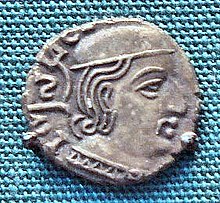
Sodasa was an Indo-Scythian Northern Satrap and ruler of Mathura during the later part of the 1st century BCE or the early part of 1st century CE. He was the son of Rajuvula, the Great Satrap of the region from Taxila to Mathura. He is mentioned in the Mathura lion capital.
The Western Satraps, or Western Kshatrapas were Indo-Scythian (Saka) rulers of the western and central parts of India, between 35 and 415 CE. The Western Satraps were contemporaneous with the Kushans who ruled the northern part of the Indian subcontinent, and were possibly vassals of the Kushans. They were also contemporaneous with the Satavahana who ruled in Central India. They are called "Western Satraps" in modern historiography in order to differentiate them from the "Northern Satraps", who ruled in Punjab and Mathura until the 2nd century CE.
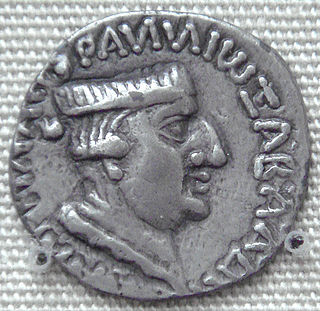
Nahapana, was an important ruler of the Western Kshatrapas, descendant of the Indo-Scythians, in northwestern India, who ruled during the 1st or 2nd century CE. According to one of his coins, he was the son of Bhumaka.
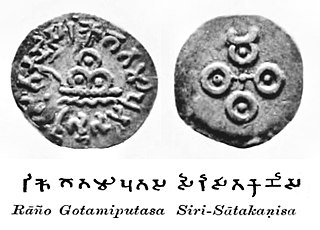
Gautamiputra Satakarni was a ruler of the Satavahana Empire in present-day Deccan region of India. He was mentioned as the important and greatest ruler of Satavahana Dynasty. He ruled in the 1st or 2nd century CE, although his exact period is uncertain. His reign is dated variously: 86-110 CE, c. 103-127 CE, 106-130 CE, or more recently and specifically ca. 60-85 CE.
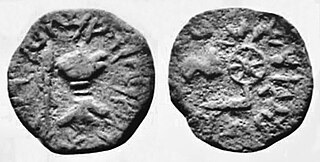
Bhumaka was a Western Kshatrapa ruler of the early 1st century CE. He was the father of the great ruler Nahapana, according to one of the latter's coins. He was preceded by Abhiraka (Aubhirakes), of whom a few coins are known. some scholars identify him with Ysamotika, the father of Chashtana.

Chashtana was a ruler of the Saka Western Satraps in northwestern India during 78-130 CE, when he was the satrap of Ujjain.

The Traikutakas were a dynasty of Indian kings who ruled between 388 and 456. The name "Traikutakas" seems to be derived from the words for a three-peaked mountain ("Tri-kuta"). The Traikutakas are mentioned in Kalidasa's Raghuvamsa, in which they are located in the area of northern Konkan. The dominions of the Traikutakas further included Aparanta and northern Maharashtra.

Rudrasimha III was the last ruler of the Western Satraps in India, in the 4th century AD. Rudrasimha III succeeded Rudrasena IV as the leader of the Indo-Scythians in India. Both were the sons of the Saka ruler Satyasimha, making them at least half-brothers, if not first-degree relatives.
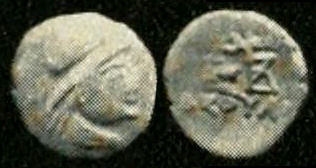
Liaka Kusulaka was an Indo-Scythian satrap of the area of Chukhsa in northwestern India during the 1st century BCE.

Jivadaman was a Saka ruler of the Western Kshatrapas in northwestern India during the 2nd century CE. He was the son of Damajadasri I (170–175), and the brother of Satyadaman.
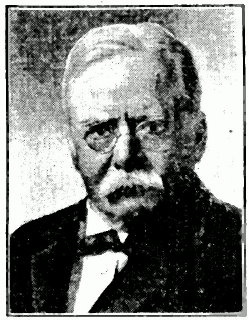
Edward James Rapson FBA was a British numismatist, philologist and professor of Sanskrit at the University of Cambridge. He was a fellow of St. John's College. Rapson died following a sudden collapse at dinner at St. John's.

Kharapallana was an Indo-Scythian Northern Satrap who ruled around c. 130 CE.

Rudrasena II was a king of the Western Satraps, and the 19th ruler of the Kshatrapa dynasty. The Kshatrapa dynasty seems to have reached a high level of prosperity under his rule.

Rudrasimha II (304–348) was a ruler of the Western Satraps He declared on his coins to be the son of a Lord (Svami) named Jivadaman.

Yasodhaman II (317–332) was a son and probably sub-king of king Rudrasimha II of the Western Satraps. He declared on his coins to be the son of Rudrasimha II.

Damasena was a Western Kshatrapa ruler, who reigned from 223 to 232 CE. From the reign of Rudrasimha I, the date of minting of each coin, reckoned in the Saka era, is usually written on the obverse behind the king's head in Brahmi numerals, allowing for the quite precise dating of the rule of each king. This is a rather uncommon case in Indian numismatics. Some, such as the numismatist R.C Senior considered that these dates might correspond to the much earlier Azes era instead.

Satyadaman was a ruler of the Western Satraps. He was the son of king Damajadasri I and brother of Jivadaman, who had been king, but sometime before him.
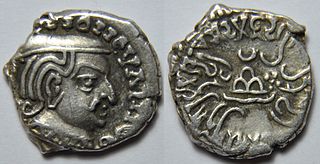
Damajadasri III was a ruler of the Western Satraps. His reign lasted possibly from c. 251 AD to 256 AD.
The Abhira dynasty was a dynasty that ruled over the western Deccan, where it perhaps succeeded the Satavahana dynasty. From 203 to roughly 270 or 370, this dynasty formed a vast kingdom. The Abhiras had an extensive empire comprising modern-day Maharashtra, Konkan, Gujarat and parts of southern Madhya Pradesh. Some scholars regard the Abhiras as a great almost an imperial power in the third century A.D.

Dharasena was a Traikutaka ruler of the Konkan coast. He was the son of the Traikutaka ruler Indradatta and succeeded him as king. He is known to have performed an ashwamedha horse sacrifice and was succeeded by his son Vyaghrasena.
